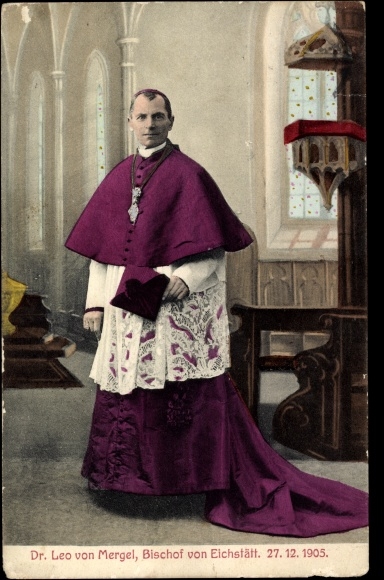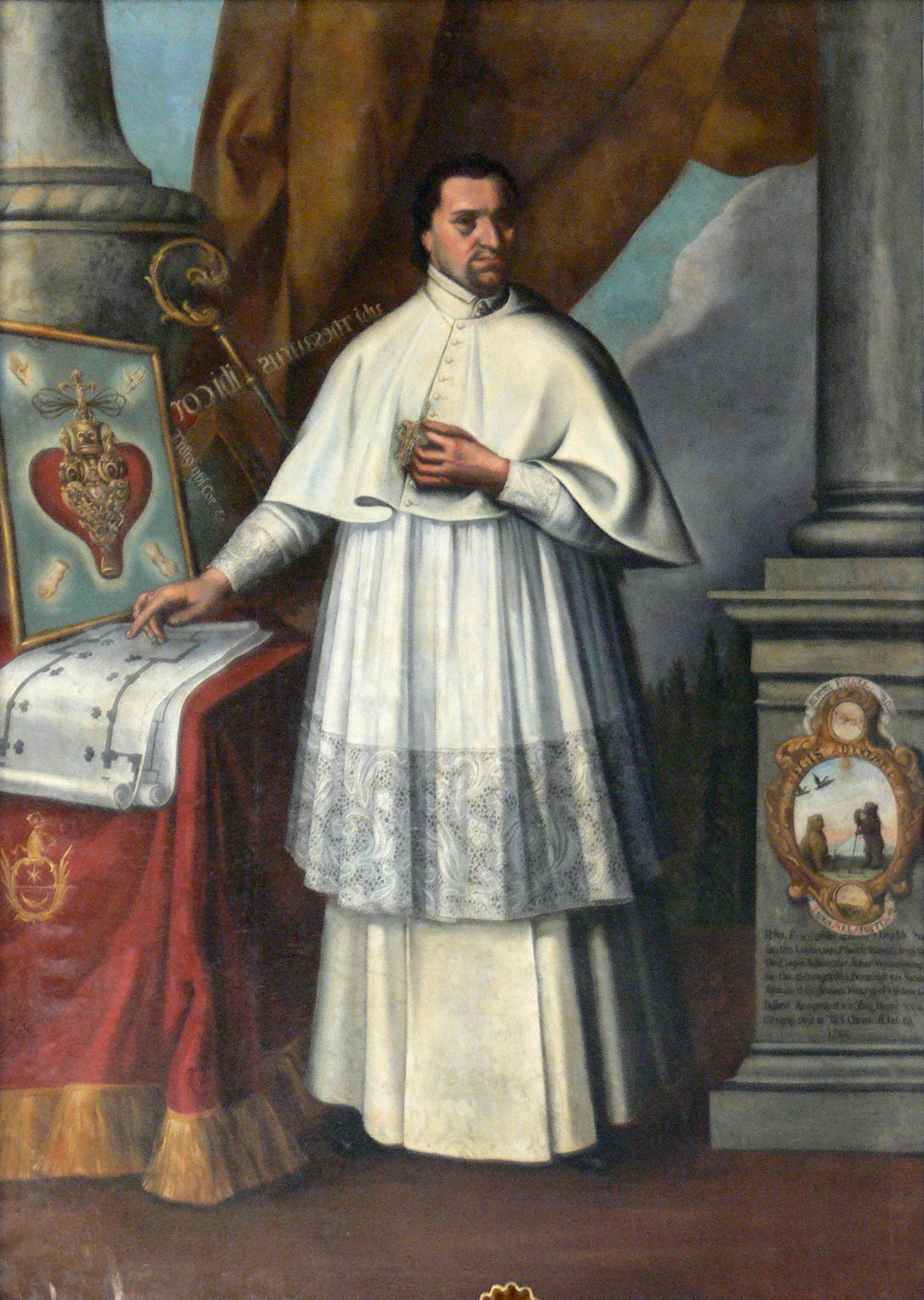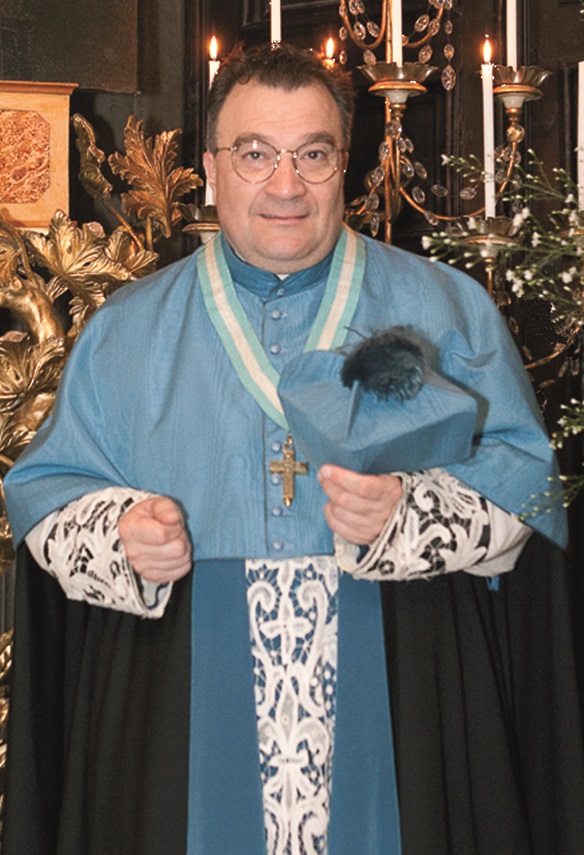choir dress on:
[Wikipedia]
[Google]
[Amazon]





 Choir dress is the traditional vesture of the clerics, seminarians and religious of
Choir dress is the traditional vesture of the clerics, seminarians and religious of




 Choir dress is the traditional vesture of the clerics, seminarians and religious of
Choir dress is the traditional vesture of the clerics, seminarians and religious of Christian church
In ecclesiology, the Christian Church is what different Christian denominations conceive of as being the true body of Christians or the original institution established by Jesus. "Christian Church" has also been used in academia as a synonym fo ...
es worn for public prayer and the administration of the sacraments except when celebrating or concelebrating the Eucharist
The Eucharist (; from Greek , , ), also known as Holy Communion and the Lord's Supper, is a Christian rite that is considered a sacrament in most churches, and as an ordinance in others. According to the New Testament, the rite was instit ...
. It differs from the vestments worn by the celebrants of the Eucharist, being normally made of fabrics such as wool, cotton or silk, as opposed to the fine brocade
Brocade is a class of richly decorative shuttle-woven fabrics, often made in colored silks and sometimes with gold and silver threads. The name, related to the same root as the word "broccoli", comes from Italian ''broccato'' meaning "embos ...
s used in vestments. It may also be worn by lay assistants such as acolytes and choirs. It was abandoned by most of the Protestant churches that developed from the sixteenth-century Reformation.
Like Eucharistic vestments, choir dress derived originally from the formal secular dress of the Roman Empire in the first centuries of the Christian era. This survived in church usage after fashion had changed. Choir dress differs from "house dress," which is worn outside of a liturgical context (whether in the house or on the street). House dress may be either formal or informal.
Roman Catholic choir dress
Choir dress in the Catholic Church is worn by deacons, priests, regular prelates, bishops and cardinals when presiding at or celebrating aliturgy
Liturgy is the customary public ritual of worship performed by a religious group. ''Liturgy'' can also be used to refer specifically to public worship by Christians. As a religious phenomenon, liturgy represents a communal response to and partic ...
that is not the Mass, especially the Liturgy of the Hours.
Before the Second Vatican Council, the dress was more elaborate. It had dozens of varieties and colours. After The Second Vatican Council, it was reduced; however, exceptions are sometimes granted for cathedral chapters.
The current dress is worn when attending Mass without celebrating or observing the Eucharist. It is worn by seminarians, instituted lectors and acolytes, and altar servers and choir members at Mass or other liturgical events.
The basic components of choir dress are:
* the cassock
The cassock or soutane is a Christian clerical clothing coat used by the clergy and male religious of the Oriental Orthodox Churches, Eastern Orthodox Church and the Catholic Church, in addition to some clergy in certain Protestant denomi ...
, with or without fascia
A fascia (; plural fasciae or fascias; adjective fascial; from Latin: "band") is a band or sheet of connective tissue, primarily collagen, beneath the skin that attaches to, stabilizes, encloses, and separates muscles and other internal organs. ...
(fringed sash worn around the waist),
* if the person is a brother or priest in a religious order
A religious order is a lineage of communities and organizations of people who live in some way set apart from society in accordance with their specific religious devotion, usually characterized by the principles of its founder's religious practi ...
that has its own habit (Benedictines
, image = Medalla San Benito.PNG
, caption = Design on the obverse side of the Saint Benedict Medal
, abbreviation = OSB
, formation =
, motto = (English: 'Pray and Work')
, foun ...
, Franciscans, Dominicans, etc.), the habit is worn in place of the cassock,
* the surplice
A surplice (; Late Latin ''superpelliceum'', from ''super'', "over" and ''pellicia'', "fur garment") is a liturgical vestment of Western Christianity. The surplice is in the form of a tunic of white linen or cotton fabric, reaching to the kne ...
(or rochet if the wearer is a bishop, cardinal
Cardinal or The Cardinal may refer to:
Animals
* Cardinal (bird) or Cardinalidae, a family of North and South American birds
**''Cardinalis'', genus of cardinal in the family Cardinalidae
**''Cardinalis cardinalis'', or northern cardinal, the ...
, or canon), and
* the biretta
The biretta ( la, biretum, birretum) is a square cap with three or four peaks or horns, sometimes surmounted by a tuft. Traditionally the three-peaked biretta is worn by Catholic clergy and some Anglican and Lutheran clergy. A four-peaked bire ...
(optional for secular priests unless their bishop requires its use, in which case it is mandatory).
For seminarians, deacons, and priests the cassock is exactly the same as their normal cassock: a black cassock with black buttons, girded with a black fascia.
Priests who hold additional honors may wear a different cassock: Chaplains of His Holiness
A Chaplain of His Holiness is a priest to whom the Pope has granted this title. They are addressed as Monsignor and have certain privileges with respect to ecclesiastical dress and vestments.Honorary Prelate
A Prelate of Honour of His Holiness is a Catholic prelate to whom the Pope has granted this title of honour.
They are addressed as Monsignor and have certain privileges as regards clerical clothing.Protonotaries apostolic wear a purple cassock with
scarlet
Scarlet may refer to:
* Scarlet (cloth), a type of woollen cloth common in medieval England
* Scarlet (color), a bright tone of red that is slightly toward orange, named after the cloth
* Scarlet (dye), the dye used to give the cloth its color
* ...
piping and buttons, with a purple fascia. A black cassock with amaranth
''Amaranthus'' is a cosmopolitan genus of annual or short-lived perennial plants collectively known as amaranths. Some amaranth species are cultivated as leaf vegetables, pseudocereals, and ornamental plants. Catkin-like cymes of densely pack ...
piping and buttons, girded with a purple fascia, serves as pian dress (academic dress) for an honorary prelate or protonotary apostolic. Canons may wear the rochet (if the chapter has been granted ''usus rochetti'' by papal ''indult'') with a distinctive mozzetta, the particular colors of which are determined by the chapter.
Bishops wear the above-mentioned purple cassock with scarlet piping, and add a pectoral cross suspended from a green and gold cord, a mozzetta over the rochet, and a purple zucchetto under the biretta. A cardinal
Cardinal or The Cardinal may refer to:
Animals
* Cardinal (bird) or Cardinalidae, a family of North and South American birds
**''Cardinalis'', genus of cardinal in the family Cardinalidae
**''Cardinalis cardinalis'', or northern cardinal, the ...
wears a scarlet
Scarlet may refer to:
* Scarlet (cloth), a type of woollen cloth common in medieval England
* Scarlet (color), a bright tone of red that is slightly toward orange, named after the cloth
* Scarlet (dye), the dye used to give the cloth its color
* ...
cassock with scarlet trim, pectoral cross on a red and gold cord, and a red mozzetta over the rochet, with a red zucchetto. The Pope's choir dress includes a white cassock, rochet, red silk mozetta, and red brocade stole; his pectoral cross hangs from a golden cord. Some canons wear their cross on a ribbon, but only a bishop may wear the cross on a cord. Under new regulations, neither bishops nor canons wear fur-trimmed ''cappas''.
The cope and/or stole may be worn over choir dress when a cleric presides over a sacrament
A sacrament is a Christianity, Christian Rite (Christianity), rite that is recognized as being particularly important and significant. There are various views on the existence and meaning of such rites. Many Christians consider the sacraments ...
(for instance, at matrimony, if not celebrated during Mass), or by the cleric presiding over prayers. (For instance, the priest presiding at a solemn celebration of Vespers in the Liturgy of the Hours might wear cope and stole over choir dress, while other clergy present would wear simple choir dress of cassock and surplice).
Lay brothers also have a form of choir dress: the full monastic habit with the monastic cowl is their formal wear for attending the Liturgy of the Hours or Mass.
Since 2006, priests of the Institute of Christ the King Sovereign Priest have had their own choir dress, given to them by the Cardinal Archbishop of Florence. Their choir dress includes a rochet, a mozzetta, the cross of St. Francis de Sales on a blue and white ribbon, and a biretta with a blue pom. According to the Institute,
Eastern choir dress
The choir dress of clergy in the Eastern Orthodox,Oriental Orthodox
The Oriental Orthodox Churches are Eastern Christian churches adhering to Miaphysite Christology, with approximately 60 million members worldwide. The Oriental Orthodox Churches are part of the Nicene Christian tradition, and represent o ...
and Eastern Catholic churches are relatively similar. Over the inner cassock
The cassock or soutane is a Christian clerical clothing coat used by the clergy and male religious of the Oriental Orthodox Churches, Eastern Orthodox Church and the Catholic Church, in addition to some clergy in certain Protestant denomi ...
(''rasson'' or ''podrasnik''), a deep-sleeved ''exorason
The cassock or soutane is a Christian clerical clothing coat used by the clergy and male religious of the Oriental Orthodox Churches, Eastern Orthodox Church and the Catholic Church, in addition to some clergy in certain Protestant denomi ...
'' (''riassa''), which is often black, is worn. In the Russian Orthodox Church, married clergy often wear grey, while monastic clergy wear black. During the paschal season, both monastic and married clergy will often wear a white inner cassock. Some Russian Metropolitans wear a white inner cassock and a blue outer when formally arriving to celebrate the Divine Liturgy.
Byzantine Rite
In Eastern Orthodoxy and Byzantine Catholicism, monks wear a black cloak, the '' mandyas'' over the outer cassock. The mandyas completely covers the monastic below the chin and reaches to the floor. In the Greek usage, the mandyas is usually worn only when performing certain liturgical roles; in the Slavic usage, all monks and nuns of the rank of Stavrophore or above wear the mandyas at every service, so long as they are in their own